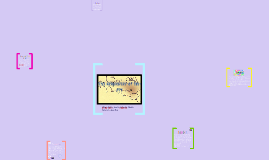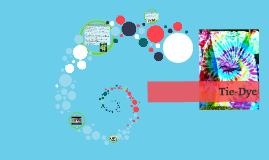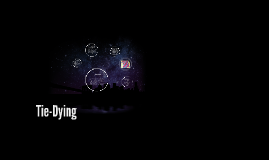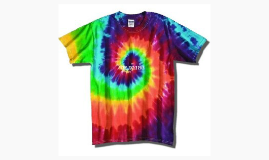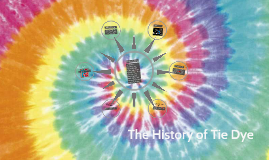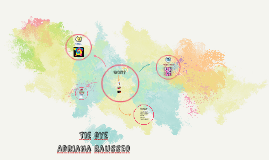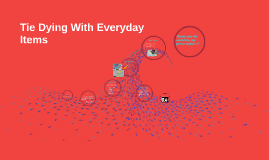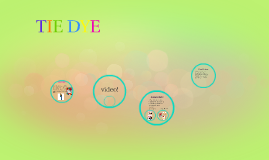Tie-Dye
Transcript: In the 1960s to the 70's, tie dye was brought to America through the hippie movement, a youth movement that advocated the sexual revolution, psychedelic rock and protested the Vietnam War. "What Is the Effect of PH in Dyeing? What Is the Optimal PH?" What Is the Effect of PH in Dyeing? N.p.,n.d Mon. 20 May 2014. "94 Tie Dye Techniques and Patterns." Favecrafts.com. N.p., n.d. Mon. 20 May 2014 "A Bit of Background." The Art of Tie Dye. N.p., n.d. Mon. 20 May 2014. "How to Make Fabric Dye?-?" Yahoo! Answers. Yahoo!, n.d. Mon. 20 May 2014. *Fabric Dye* *Popularity* The art of Tie dying has been around since 500-800 A.D the dyes were pigments from roots, leaves, flowers and berries. Peru and India created their own techniques involving dots, squares, waves and stripes, signifying wealth. Designs *60's Hippie Movement* Tie dye's popular start began in the 60's, reached its peak in the 1970's, and is still worn today. Considered more of an art than a actual style. Mix 2 cups water 1/4 cup white vinegar 1 package Kool Aide and put in a microwave safe bowl OR Mix 2 cups water 1/4 cup white vinegar A teaspoon of liquid food coloring H2O+ CH3CooH+ any food coloring+ NaCl For making dye Red food dye- C16H14N2Na208S2 Yellow dye- C16H9N4Na309S2 Blue dye- C37H34N2Na209S3 Step 1: Get a piece of fabric or shirt (ideally white cotton), coloured dye, elastic bands (number depending on the number of rings to create) and a small amount of soap. Set-up at a place with a water supply nearby (sink area). Step 2: Rinse the fabric in water and soap, then wring. Step 3: Pinch about 1 inch of the fabric at the center. Tie tightly with an elastic band. Step 4: Continue tying more elastic bands below each other, spacing about one inch apart. Tie ass many as you like. These with create circle patterns on the fabric. Step 5: Soak the fabric in the dye (and salt) and boiling water mixture as instructed on the pack. Step 6: Rinse well in clean water. The water from the squeeze fabric should run clear after wring the fabric. Step 7: Dry the fabric for 20 minutes. *Bibliography* *How to make Tie-Dye* Tie-dye can be used to create a wide variety designs on fabric, from standard patterns such as the spiral, peace sign, diamond, and the marble effect to beautiful works of art. *Video* *Chemical Equations* Clothing dye is neither an acid or a base but is commonly used with acids. Dye is a neutral pH *Background* Tie-Dye






